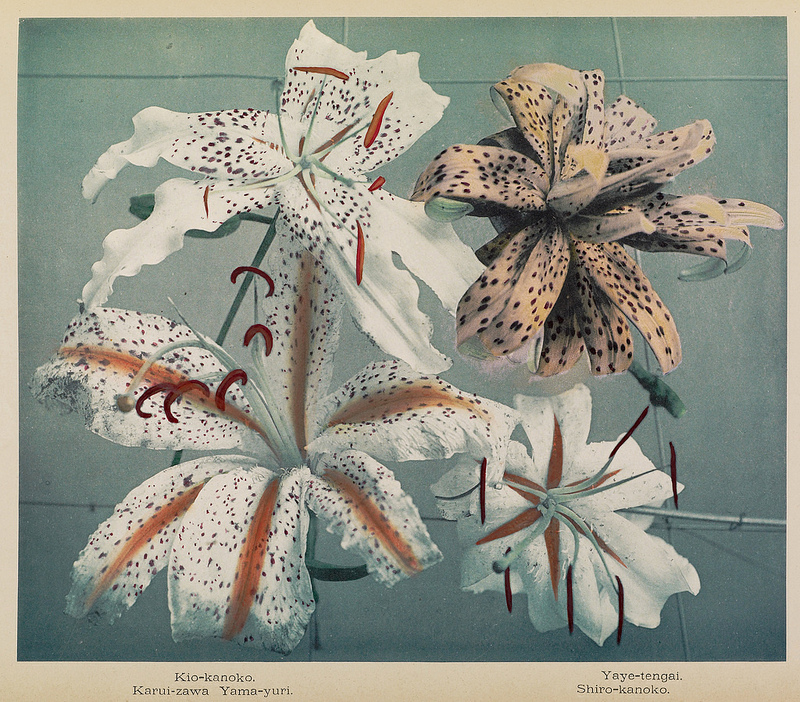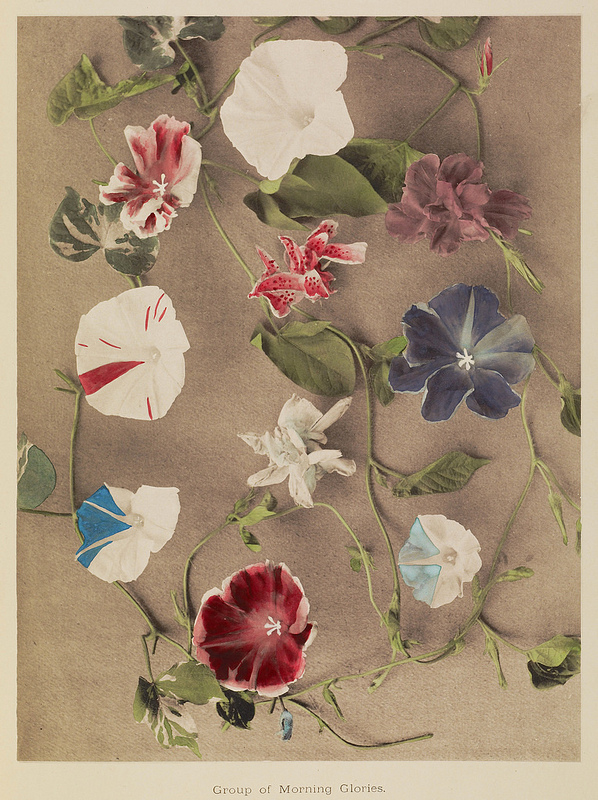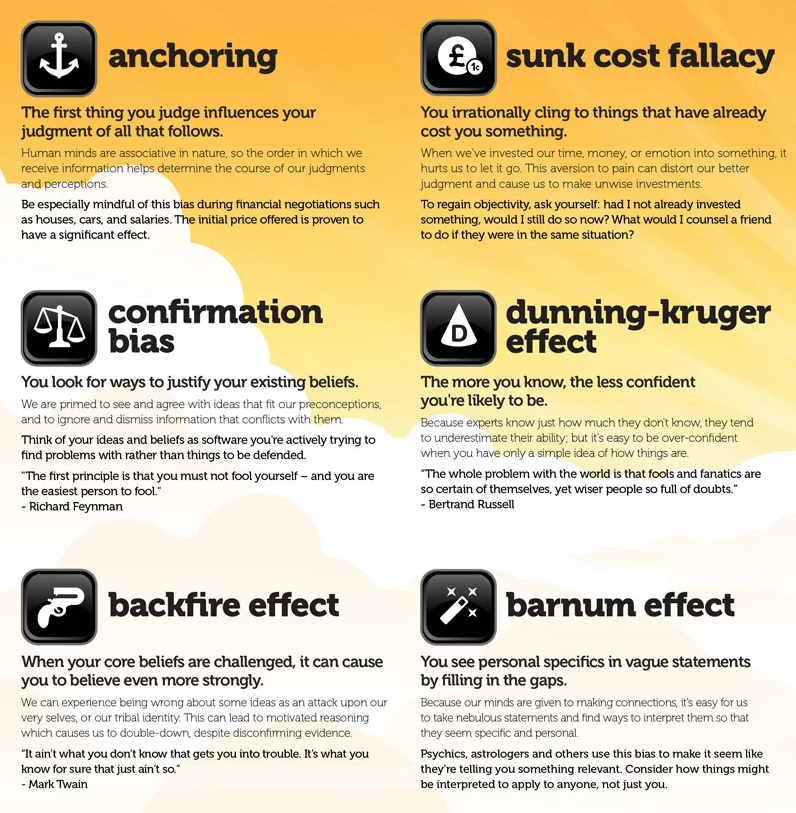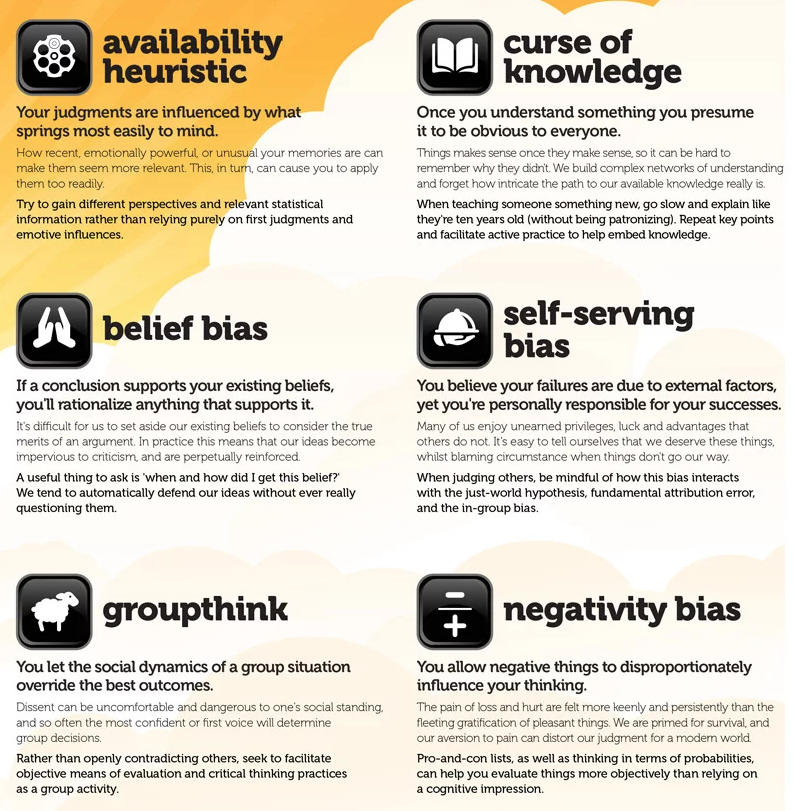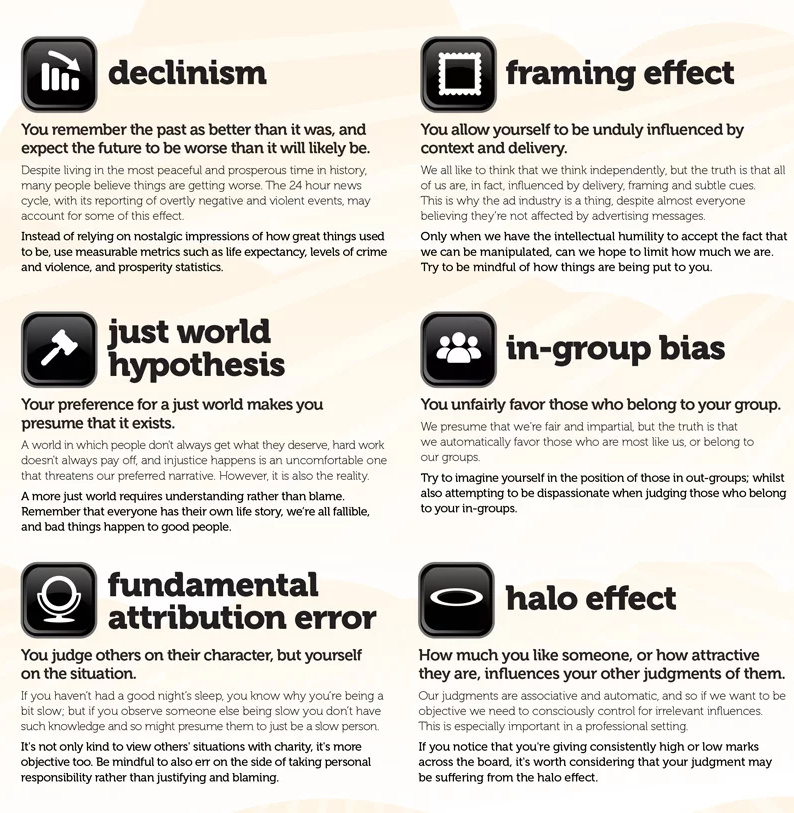[Most Recent Entries] [Calendar View]
Friday, March 22nd, 2019
| Time | Event |
| 8:00a | An Archive of Animations/Cartoons of Ancient Greece & Rome: From the 1920s Through Today Ancient Greece and Rome have provided fertile hunting grounds for animated subject matter since the very inception of the form. So what if the results wind up doing little more than frolic in the pastoral setting? Witness 1930’s Playful Pan, above, which can basically be summed up as Silly Symphony in a toga (with a cute bear cub who looks a lot like Mickey Mouse and some flame play that prefigures The Sorcerer’s Apprentice…) Others are packed with history, mythic narrative, and period details, though be forewarned that not all are as visually appealing as Steve Simons’ Hoplites! Greeks at War, part of the Panoply Vase Animation Project. Some series, such as the Asterix movies and Aesop and Son—a staple of The Rocky and Bullwinkle Show from 1959 to 1962—have been the gateways through which many history lovers’ curiosity was first roused. (Russian animator Anatoly Petrov’s erotic shorts for Soyuzmultfilm may rouse other, er, curiosities, and are definitely NSFW.) And then there are instant classics like 2004’s It's All Greek to Scooby in which “Shaggy's purchase of a mysterious amulet only serves to cause a pestering archaeologist and centaur to chase him.” (Ye gods…) Senior Lecturer of Classical and Mediterranean Studies at Vanderbilt, Chiara Sulprizio, has collected all of these and more on her blog, Animated Antiquity. Beginning with the 2-minute fragment that’s all we have left of Winsor McCay’s 1921 The Centaurs, Sulprizio shares some of her favorite cartoon representations of ancient Greece, Rome, and beyond. Her areas of professional specialization—gender and sexuality, Greek comedy, and Roman satire—are well suited to her chosen hobby, and her commentary doubles down on historical context to include the history of animation. The appearance of cartoon stars like Daffy Duck, Tom and Jerry, and Popeye further demonstrates this antique subject matter’s sturdiness. TED-Ed and the BBC may view the genre as an excellent teaching tool, but there’s nothing stopping the animator from shoehorning some fabrications in amongst the buxom nymphs and buff gladiators. (Raise your hand if your mother ever sacrificed you on the altar to Spinachia, goddess of spinach, in hopes that she might unleash a mushroom cloud of super-atomic power in your puny bicep.) You’ll find a number of entries featuring the work of Japanese and Russian animators, including Thermae Romae, part of the juggernaut that’s sprung from Mari Yamazaki’s popular graphic novel series and Icarus and the Wise Men from the legendary Fyodor Khitruk, whose retelling of the myth sent a message about freedom from the Soviet Union, circa 1976. Begin your decade-by-decade explorations of Chiara Sulprizio’s animated antiquities here or suggest that a missing favorite be added to the collection. (We vote for this one!) Related Content: Watch Art on Ancient Greek Vases Come to Life with 21st Century Animation 18 Classic Myths Explained with Animation: Pandora’s Box, Sisyphus & More Ayun Halliday is an author, illustrator, theater maker and Chief Primatologist of the East Village Inky zine. Join her in New York City for the next installment of her book-based variety show, Necromancers of the Public Domain, this April. Follow her @AyunHalliday. An Archive of Animations/Cartoons of Ancient Greece & Rome: From the 1920s Through Today is a post from: Open Culture. Follow us on Facebook, Twitter, and Google Plus, or get our Daily Email. And don't miss our big collections of Free Online Courses, Free Online Movies, Free eBooks, Free Audio Books, Free Foreign Language Lessons, and MOOCs. |
| 11:00a | Beautiful Hand-Colored Japanese Flowers Created by the Pioneering Photographer Ogawa Kazumasa (1896)
Ogawa Kazumasa lived from the 1860s to almost the 1930s, surely one of the most fascinating 70-year stretches in Japanese history. Ogawa's homeland "opened" to the world when he was a boy, and for the rest of his life he bore witness to the sometimes beautiful, sometimes strange, sometimes exhilarating results of a once-isolated culture assimilating seemingly everything foreign — art, technology, customs — all at once. Naturally he picked up a camera to document it all, and history now remembers him as a pioneer of his art.
At the Getty's web site you can see a few examples of the sort of pictures Ogawa took of Japanese life in the mid-1890s. During that same period he published Some Japanese Flowers, a book containing his pictures of just that. The following year, Ogawa's hand-colored photographs of Japanese flowers also appeared in the American books Japan, Described and Illustrated by the Japanese, edited by the renowned Anglo-Irish expatriate Japanese culture scholar Francis Brinkley and published in Boston, the city where Ogawa had spent a couple of years studying portrait photography and processing.
Ogawa's varied life in Japan included working as an editor at Shashin Shinp? (????), the only photography journal in the country at the time, as well as at the flower magazine Kokka (??), which would certainly have given him the experience he needed to produce photographic specimens such as these. Though Ogawa invested a great deal in learning and employing the highest photographic technologies, they were the highest photographic technologies of the 1890s, when color photography necessitated adding colors — of particular importance in the case of flowers — after the fact.
Some Japanese Flowers was re-issued a few years ago, but you can still see 20 striking examples of Ogawa's flower photography at the Public Domain Review. They've also made several of his works available as prints of several different sizes in their online shop, a selection that includes not just his flowers but the Bronze Buddha at Kamakura and a man locked in battle with an octopus as well. Even as everything changed so rapidly all around him, as he mastered the just-as-rapidly developing tools of his craft, Ogawa nevertheless kept his eye for the natural and cultural aspects of his homeland that seemed never to have changed at all.
Related Content: Hand-Colored 1860s Photographs Reveal the Last Days of Samurai Japan 1850s Japan Comes to Life in 3D, Color Photos: See the Stereoscopic Photography of T. Enami Hundreds of Wonderful Japanese Firework Designs from the Early-1900s: Digitized and Free to Download How Obsessive Artists Colorize Old Photographs & Restore the True Colors of the Past Based in Seoul, Colin Marshall writes and broadcasts on cities, language, and culture. His projects include the book The Stateless City: a Walk through 21st-Century Los Angeles and the video series The City in Cinema. Follow him on Twitter at @colinmarshall or on Facebook. Beautiful Hand-Colored Japanese Flowers Created by the Pioneering Photographer Ogawa Kazumasa (1896) is a post from: Open Culture. Follow us on Facebook, Twitter, and Google Plus, or get our Daily Email. And don't miss our big collections of Free Online Courses, Free Online Movies, Free eBooks, Free Audio Books, Free Foreign Language Lessons, and MOOCs. |
| 5:02p | 24 Common Cognitive Biases: A Visual List of the Psychological Systems Errors That Keep Us From Thinking Rationally
There’s been a lot of talk about the Dunning-Kruger effect, the cognitive bias that makes people wildly overconfident, unable to know how ignorant they are because they don’t have the basic skills to grasp what competence means. Once popularized, the effect became weaponized. People made armchair diagnoses, gloated and pointed at the obliviously stupid. But if those finger-pointers could take the beam out of their own eye, they might see four fingers pointing back at them, or whatever folk wisdom to this effect you care to mash up. What we now call cognitive biases have been known by many other names over the course of millennia. Perhaps never have the many varieties of self-deception been so specific. Wikipedia lists 185 cognitive biases, 185 different ways of being irrational and deluded. Surely, it’s possible that every single time we—maybe accurately—point out someone else’s delusions, we’re hoarding a collection of our own. According to much of the research by psychologists and behavioral economists, this may be inevitable and almost impossible to remedy. Want to better understand your own cognitive biases and maybe try to move beyond them if you can? See a list of 24 common cognitive biases in an infographic poster at yourbias.is, the site of the nonprofit School of Thought. (The two gentlemen popping up behind brainy Jehovah in the poster, notes Visual Capitalist, "happen to represent Daniel Kahneman and Amos Tversky, two of the leading social scientists known for their contributions to this field. Not only did they pioneer work around cognitive biases starting in the late 1960s, but their partnership also resulted in a Nobel Prize in Economics in 2002.")
Granted, a Wikipedia list is a crowd-sourced creation with lots of redundancy and quite a few “dubious or trivial” entries, writes Ben Yagoda at The Atlantic. “The IKEA effect, for instance, is defined as ‘the tendency for people to place a disproportionately high value on objects they partially assembled themselves.’” Much of the value I’ve personally placed on IKEA furniture has to do with never wanting to assemble IKEA furniture again. “But a solid group of 100 or so biases has been repeatedly shown to exist, and can make a hash of our lives.” These are the tricks of the mind that keep gamblers gambling, even when they’re losing everything. They include not only the “gambler’s fallacy” but confirmation bias and the fallacy of sunk cost, the tendency to pursue a bad outcome because you’ve already made a significant investment and you don’t want it to have been for nothing. It may seem ironic that the study of cognitive biases developed primarily in the field of economics, the only social science, perhaps, that still assumes humans are autonomous individuals who freely make rational choices.
But then, economists must constantly contend with the counter-evidence—rationality is not a thing most humans do well. (Evolutionarily speaking, this may have been no great disadvantage until we got our hands on weapons of mass destruction and the tools of climate collapse.) When we act rationally in some areas, we tend to fool ourselves in others. Is it possible to overcome bias? That depends on what we mean. Political and personal prejudices—against ethnicities, nationalities, genders, and sexualities—are usually buttressed by the systems errors known as cognitive biases, but they are not caused by them. They are learned ideas that can be unlearned. What researchers and academics mean when they talk about bias does not relate to specific content of beliefs, but rather to the ways in which our minds warp logic to serve some psychological or emotional need or to help regulate and stabilize our perceptions in a manageable way. “Some of these biases are related to memory,” writes Kendra Cherry at Very Well Mind, others “might be related to problems with attention. Since attention is a limited resource, people have to be selective about what they pay attention to in the world around them.”
We’re constantly missing what’s right in front of us, in other words, because we’re trying to pay attention to other people too. It’s exhausting, which might be why we need eight hours or so of sleep each night if we want our brains to function half decently. Go to yourbias.is for this list of 24 common cognitive biases, also available on a nifty poster you can order and hang on the wall. You'll also find there an illustrated collection of logical fallacies and a set of “critical thinking cards” featuring both kinds of reasoning errors. Once you've identified and defeated all your own cognitive biases—all 24, or 100, or 185 or so—then you'll be ready to set out and fix everyone else's. Related Content: The Power of Empathy: A Quick Animated Lesson That Can Make You a Better Person Josh Jones is a writer and musician based in Durham, NC. Follow him at @jdmagness 24 Common Cognitive Biases: A Visual List of the Psychological Systems Errors That Keep Us From Thinking Rationally is a post from: Open Culture. Follow us on Facebook, Twitter, and Google Plus, or get our Daily Email. And don't miss our big collections of Free Online Courses, Free Online Movies, Free eBooks, Free Audio Books, Free Foreign Language Lessons, and MOOCs. |
| << Previous Day |
2019/03/22 [Calendar] |
Next Day >> |




